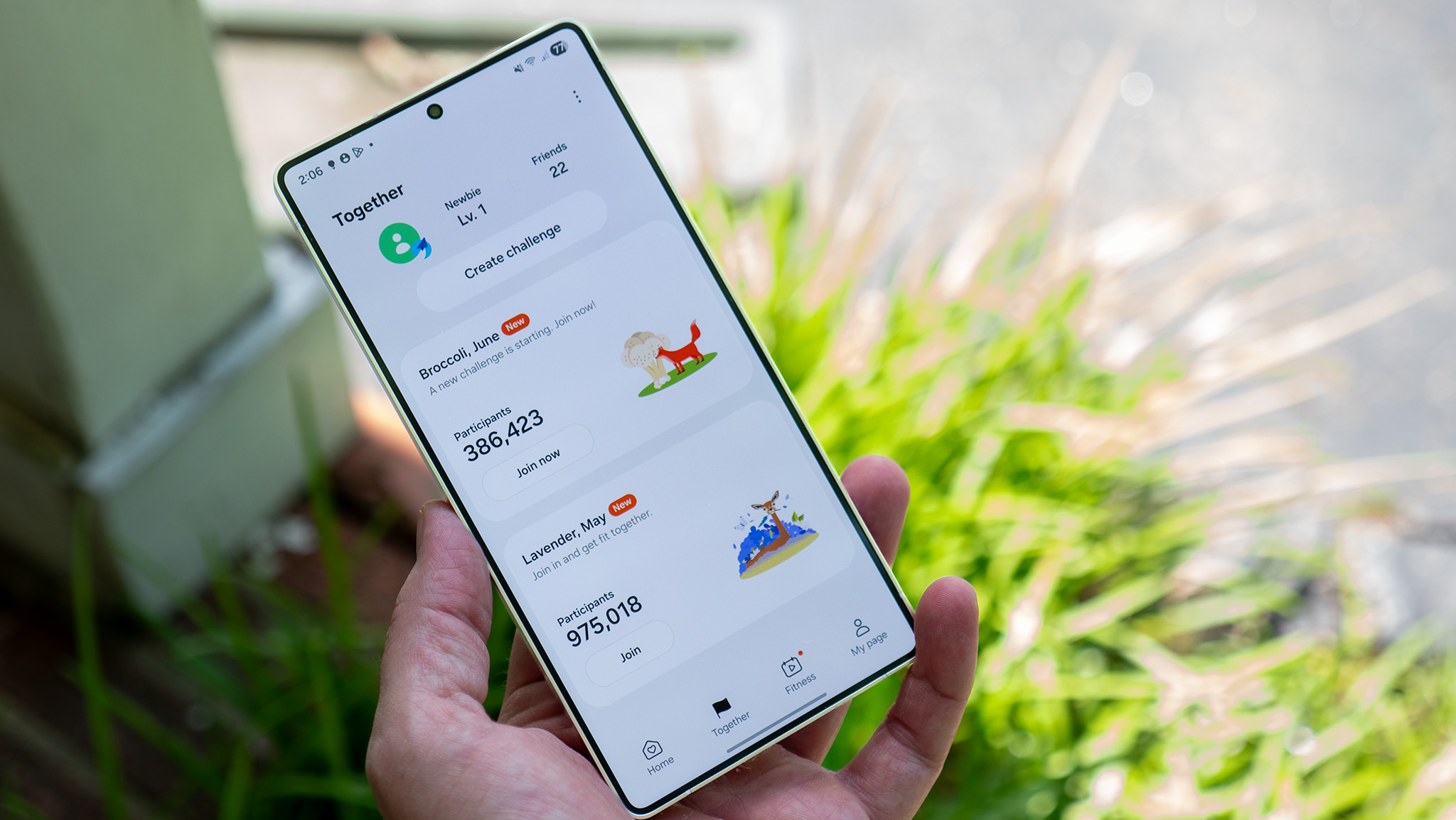OnePlus 8T vs. OnePlus 6T: Should you upgrade?
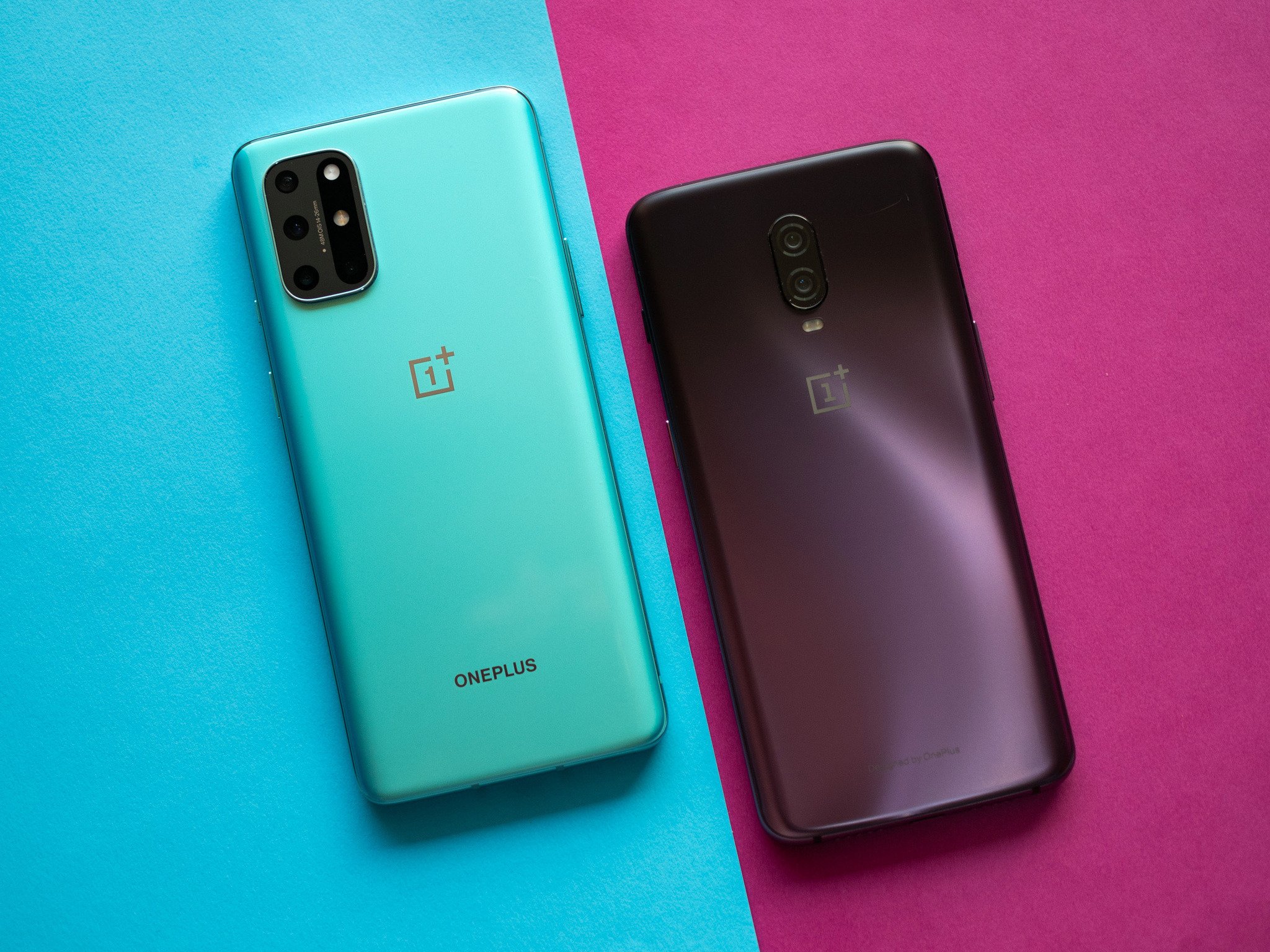
OnePlus 8T
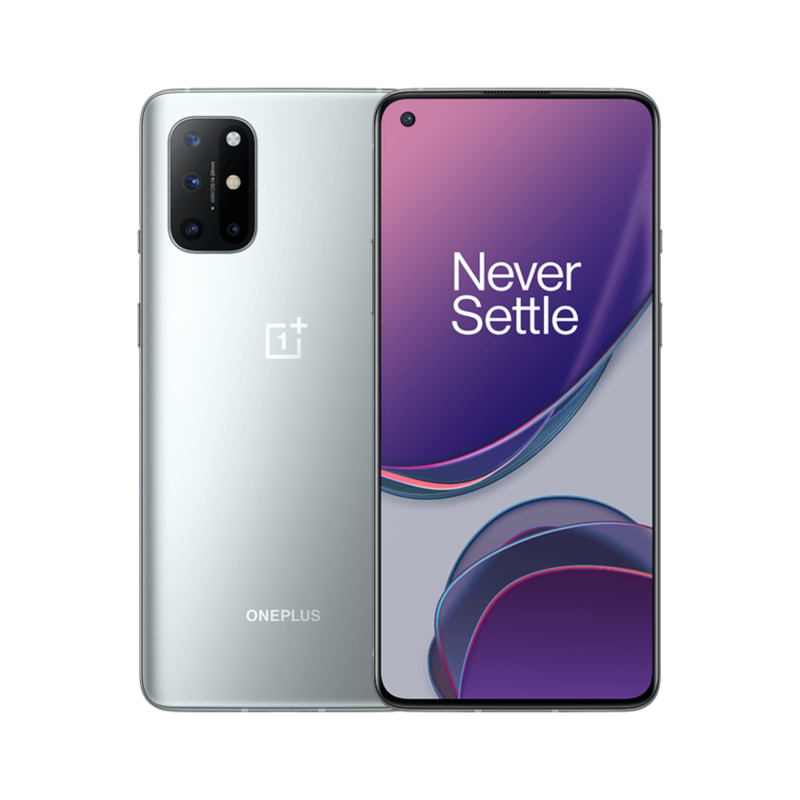
The OnePlus 8T delivers the latest hardware you can buy today. The phone is powered by the Snapdragon 865 chipset, has 5G connectivity, and you get a flat AMOLED display with 120Hz refresh rate, 12GB of RAM, 256GB of storage, and insane 65W fast charging. Add the fact the phone runs Android 11 out of the box and you get a great overall package.
OnePlus 8T
The ideal upgrade
OnePlus 6T
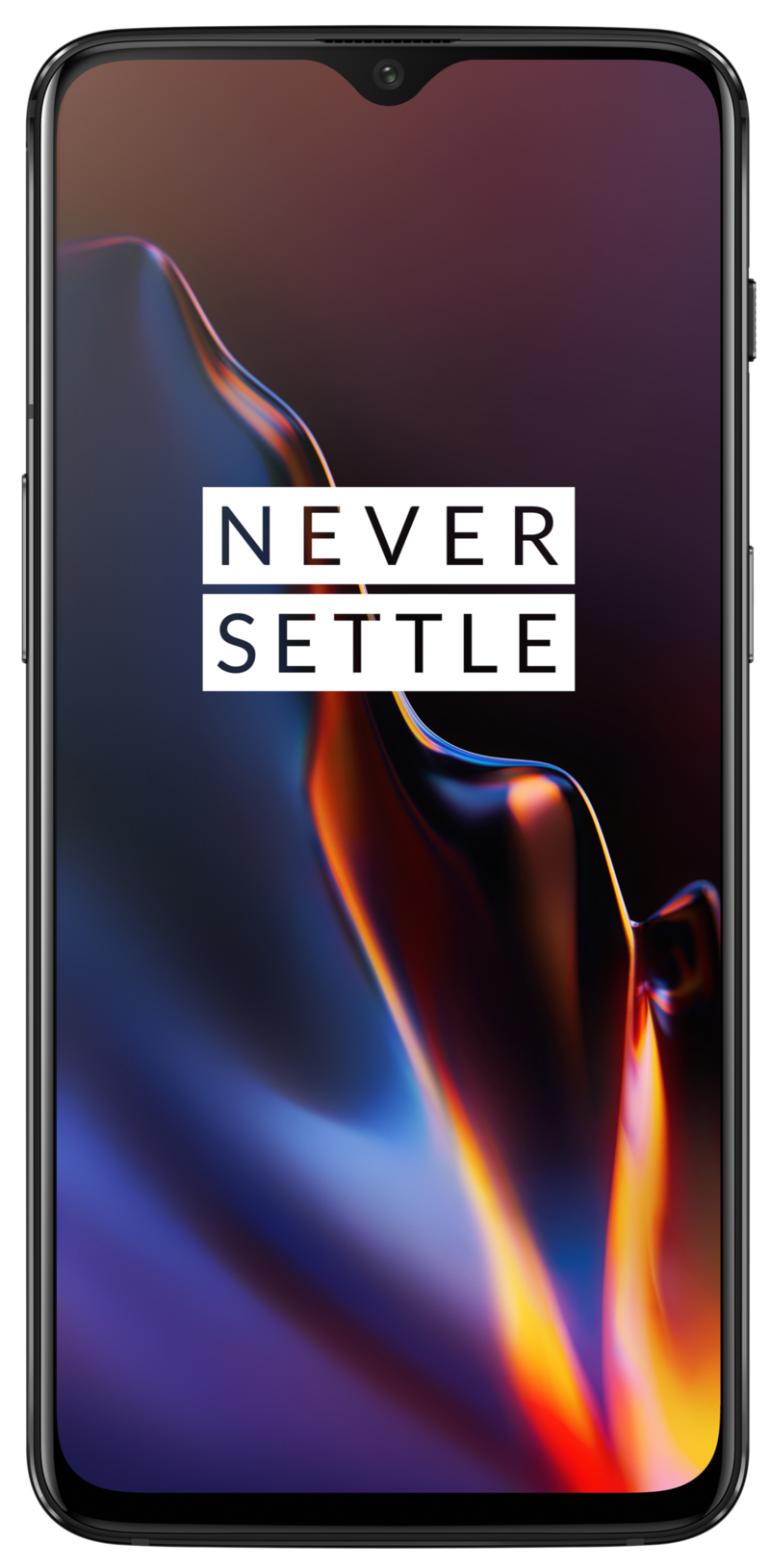
The OnePlus 6T still has a lot to offer, and the fact the phone will get the Android 11 update is a huge deal. That said, it's starting to show its age, and the camera in particular does not hold up in 2020. So if you're in the market for a new phone with 5G connectivity, the OnePlus 8T is the ideal choice to upgrade from the 6T.
OnePlus 6T
Showing its age
OnePlus releases a new flagship once every six months, but because its phones deliver some of the best hardware in the industry, they hold up just fine even after years of use. That's the case with the OnePlus 6T, which has aged well and is a reliable workhorse. That said, the OnePlus 8T comes with exciting upgrades in a lot of areas, so let's find out how the phones differ and whether you should make the switch.
OnePlus 8T vs. OnePlus 6T: Considerable upgrades in all key areas
The OnePlus 6T debuted two years ago, and is still going strong in 2020. The Snapdragon 845 chipset holds up just fine in day-to-day use, the phone is getting regular updates, and is set to make the switch to Android 11 in the coming months.
It's good to see OnePlus delivering a third platform update to the phone, and it means you can use your OnePlus 6T for longer. That said, if you're looking to upgrade to a new phone in 2020, the OnePlus 8T is the obvious choice.
The OnePlus 8T has a 120Hz AMOLED panel, faster internals, and 65W fast charging.
The OnePlus 8T delivers everything you're looking for in an upgrade. The design has picked up a refresh, with the phone sporting considerably thinner bezels than the 6T. There's also new camera housing at the back that makes it look more premium.
The OnePlus 6T also looks great it in own right, and the Thunder Purple color option in particular is one of my favorite colorways in the last two years. OnePlus didn't radically change its design aesthetic, but the subtle changes to the 8T allow it to stand out.
Get the latest news from Android Central, your trusted companion in the world of Android
But the biggest reason for upgrading to the 8T is the hardware on offer. The phone features a 6.55-inch AMOLED panel with a 120Hz refresh rate, and the screen is one of the best you'll find on a phone today. The high refresh rate makes everything look smooth, and switching from the 60Hz panel on the 6T, there's an immediate difference.
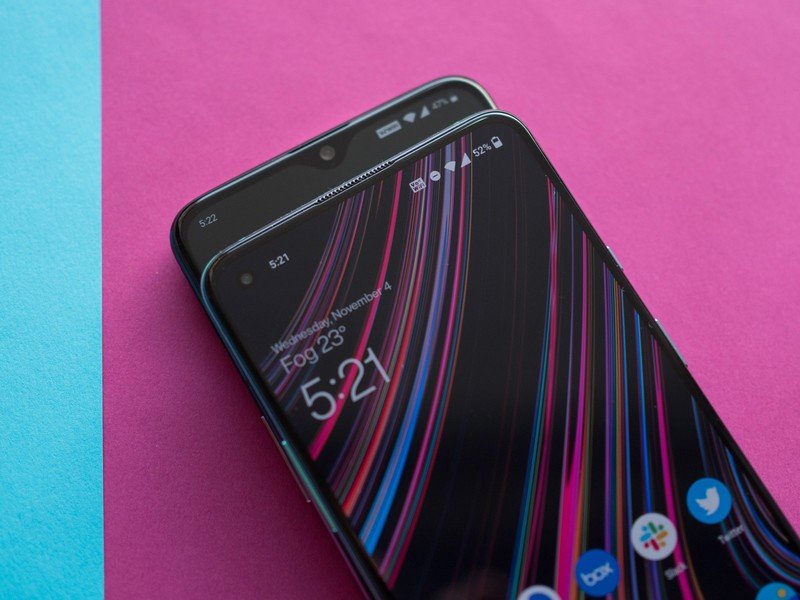
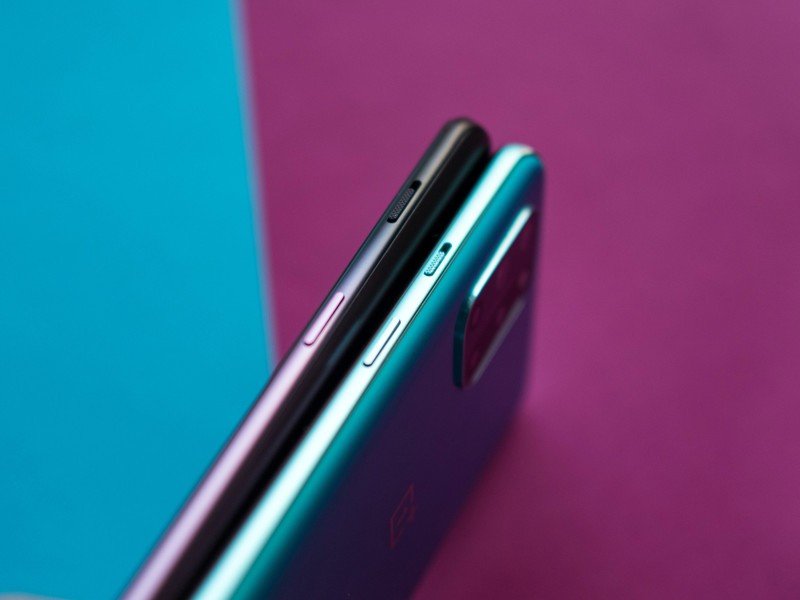
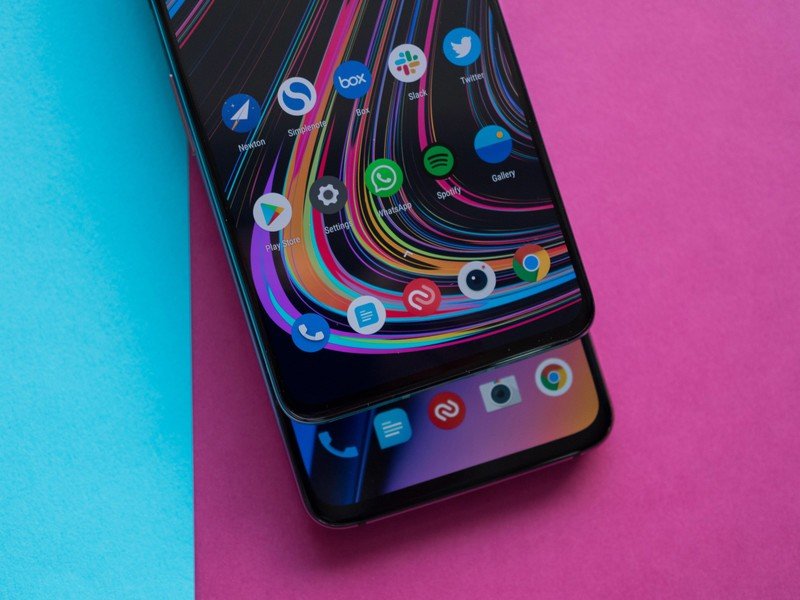
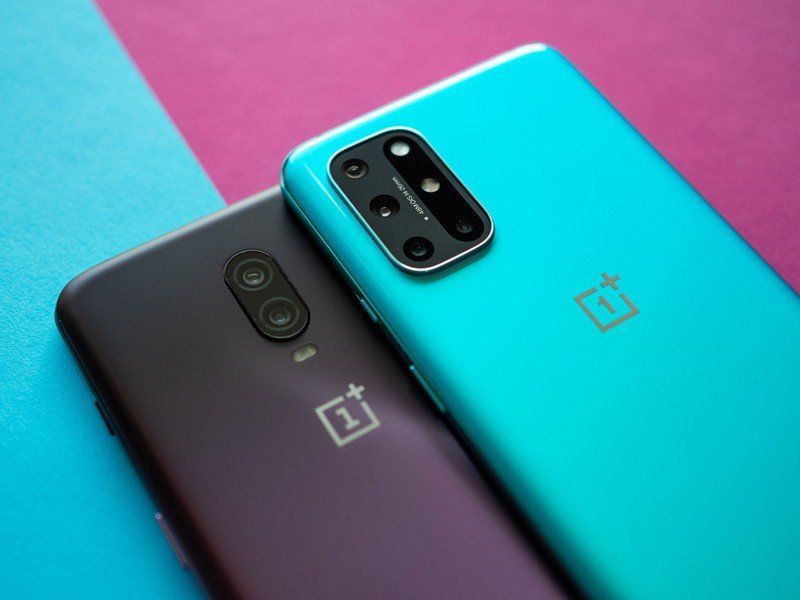
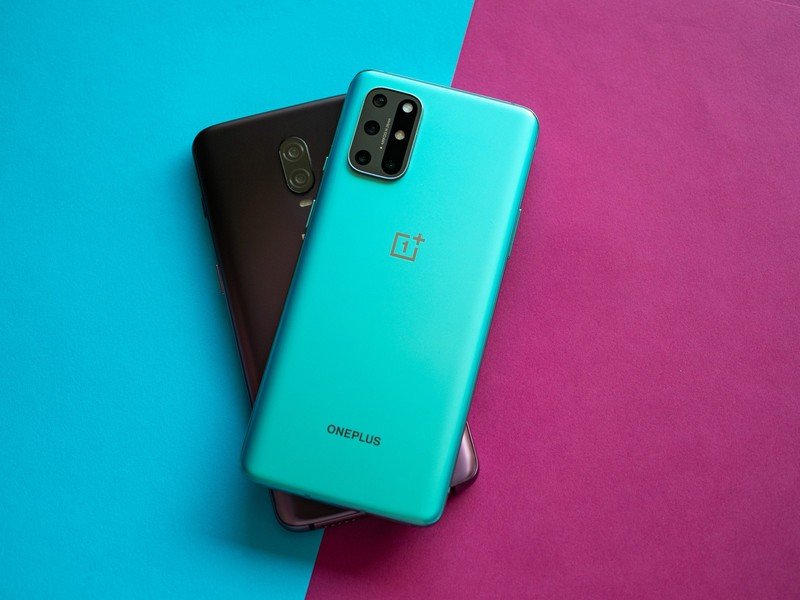
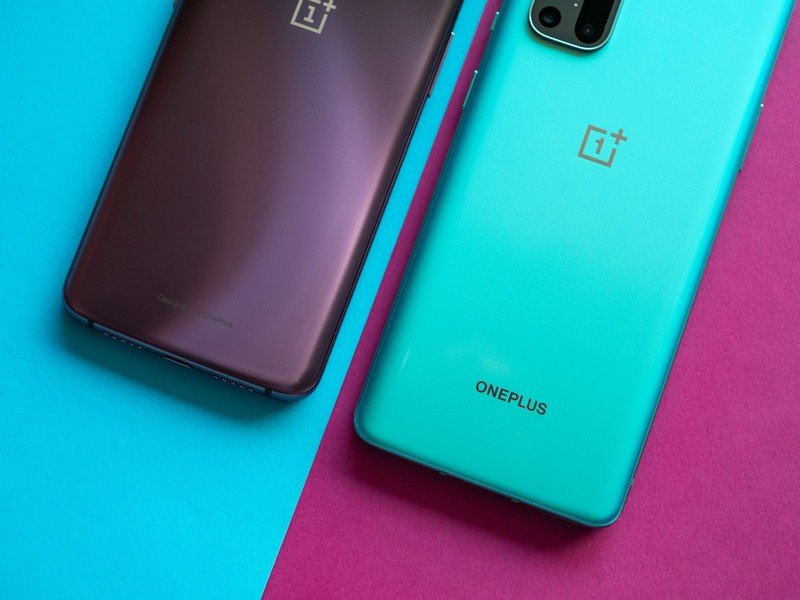
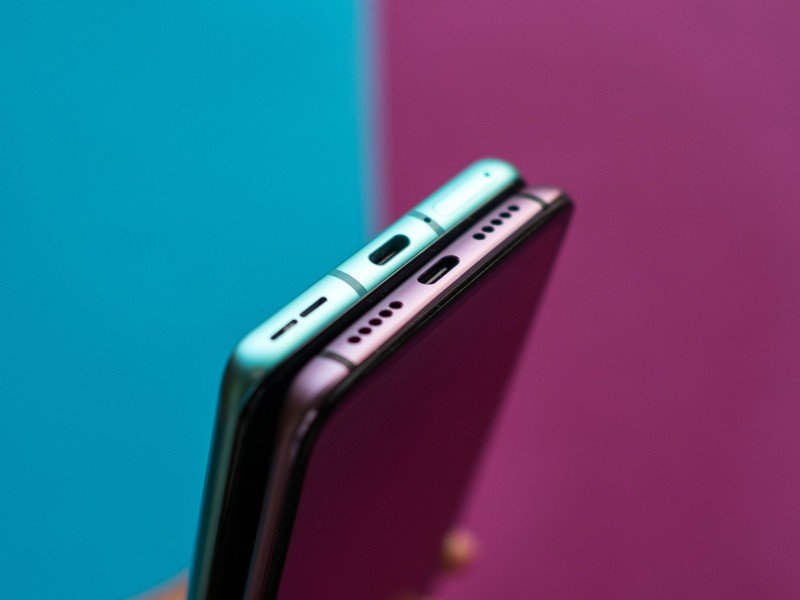

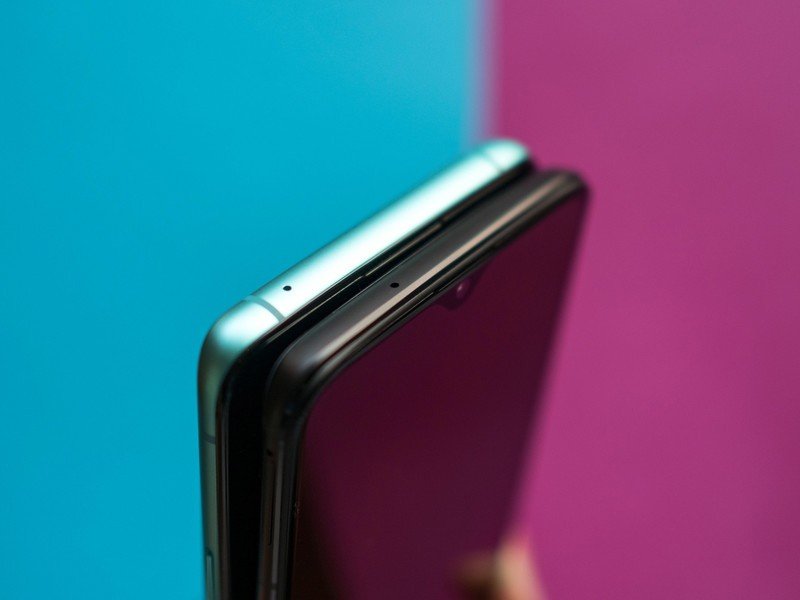
Another factor that makes the OnePlus 8T one of the best Android phones on the market today is the internal hardware. The phone is powered by the Snapdragon 865 chipset and has 5G connectivity, and the base variant has 12GB of RAM and 256GB of storage in the U.S.
You're also getting much better cameras and the latest software on the OnePlus 8T.
My favorite feature on the OnePlus 8T is the 65W fast charging. The phone has a 4,500mAh battery, and Warp Charge 65 takes just 39 minutes to fully charge the battery. You get up to a 60% charge in just 15 minutes, and that means you'll never have to plug in your phone overnight.
In terms of software, the OnePlus 8T runs OxygenOS 11 based on Android 11 out of the box, and is currently one of very few devices that lets you try out the latest version of Android. The 6T is also slated to pick up the Android 11 update, but it won't be rolling out to the device until next year.
And then there's the subject of cameras. It's fair to say that the cameras on the OnePlus 6T were strictly average at launch, and they haven't fared well in the last two years. This is where the OnePlus 8T has a considerable edge, with the 48MP primary camera delivering much better shots. There's also a 16MP wide-angle lens, and while you won't get much usage out of the 5MP macro and 2MP monochrome modules, the primary lens on the 8T is a considerable upgrade from the 6T.
OnePlus 8T vs. OnePlus 6T: Specs
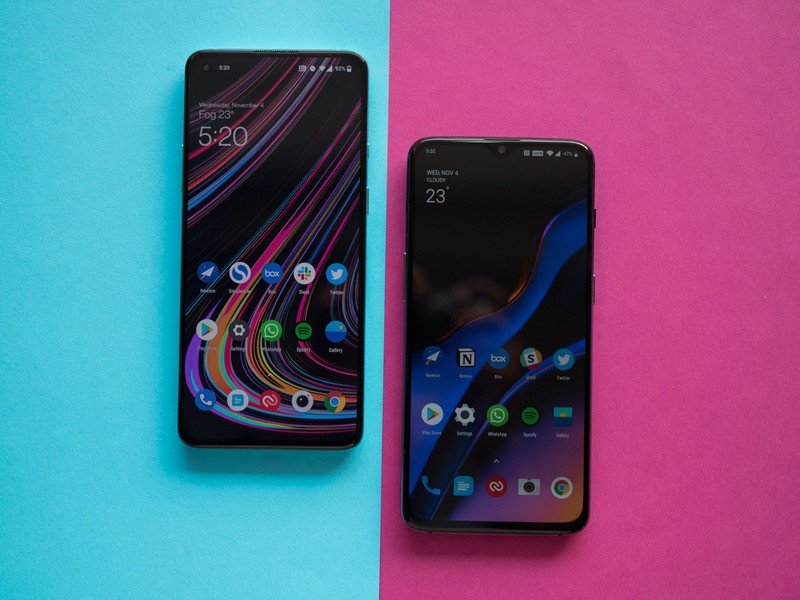
| Header Cell - Column 0 | OnePlus 8T | OnePlus 6T |
|---|---|---|
| Operating system | Android 11 OxygenOS 11 | Android 10 OxygenOS 10.5 |
| Display | 6.55-inch 120Hz Fluid AMOLED 2400x1080 (20:9) HDR10+ Gorilla Glass 5 | 6.41-inch Optic AMOLED, 2340x1080, (19.5:9) DCI-P3 Gorilla Glass 6 |
| Chipset | Snapdragon 865 1 x 2.84GHz A77 3 x 2.42GHz A77 4 x 1.80GHz A55 Adreno 650 7nm | Snapdragon 845 4 x 2.80GHz A76 4 x 1.80GHz A53 Adreno 630 10nm |
| RAM | 8GB/12GB LPDDR4X | 6GB/8GB LPDDR4X |
| Storage | 128GB/256GB UFS 3.1 | 128GB/256GB UFS2.1 |
| MicroSD slot | ❌ | ❌ |
| Rear camera 1 | 48MP (IMX586), 0.8um f/1.75, OIS 4K at 30fps | 16 MP, f/1.7 1.22um, OIS PDAF |
| Rear camera 2 | 16MP wide-angle, f/2.25 120-degree field-of-view | 20MP, f/1.7 |
| Rear camera 3 | 5MP macro, f/2.4 | ❌ |
| Rear camera 4 | 2MP monochrome, f/2.4 | ❌ |
| Front camera | 16MP, f/2.4 1080p video, fixed focus | 16MP, f/2.0 1080p video, fixed focus |
| Connectivity | 5G Sub-6, SA and NSA Wi-Fi 6, Bluetooth 5.1 AptX HD, NFC, A-GPS | 4G Wi-Fi ac, Bluetooth 5.0 AptX, NFC, A-GPS |
| Battery | 4500mAh Non-removable | 3700mAh Non-removable |
| Charging | USB-C 3.1 Warp Charge 65 (10V/6.5A) | USB-C 2.0 20W Warp Charge |
| Audio | USB-C Stereo speakers | USB-C Single speaker |
| Water resistance | ❌ Only on T-Mobile version | ❌ |
| Security | In-display fingerprint (optical) | In-display fingerprint (optical) |
| Dimensions | 160.7 x 74.1 x 8.4mm 188g | 157.5 x 74.8 x 8.2mm 185g |
| Colors | Ultramarine Green, Lunar Silver | Thunder Purple, Mirror Black, Midnight Black |
OnePlus 8T vs. OnePlus 6T: It's time to upgrade
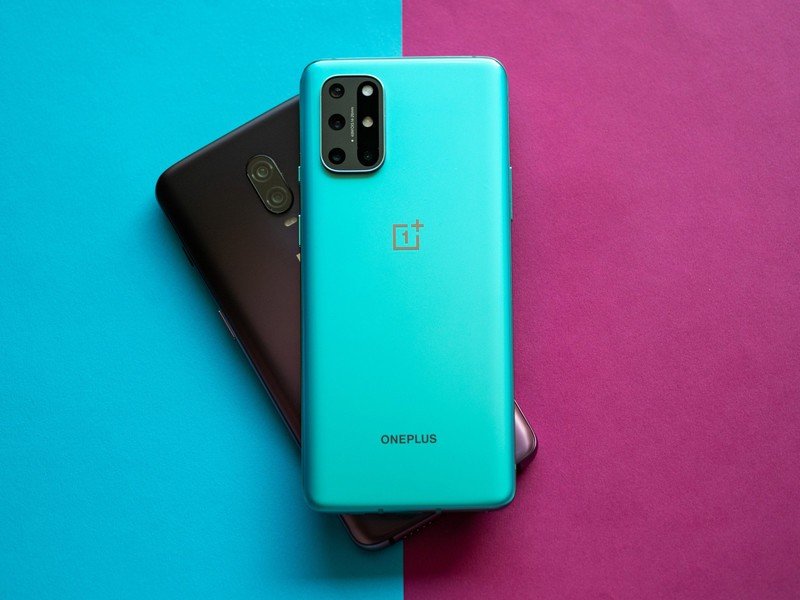
If you've used the OnePlus 6T for the last two years and are looking to upgrade to a new phone with better cameras and 5G connectivity, the OnePlus 8T is the obvious choice.
The OnePlus 8T is the ideal upgrade for current 6T owners.
The design itself hasn't changed too much in the last two years, and the 8T will feel immediately familiar if you're switching from the 6T. But there are a lot of exciting upgrades on offer, with the 120Hz AMOLED panel in particular making a huge difference in day-to-day use.
Then there's the internal hardware, with the Snapdragon 865 chipset delivering 5G connectivity and rock-solid performance. The 65W fast charging is a fantastic addition, and it makes using the phone that much more interesting. The 8T misses out on wireless charging, but the fact that it takes just 39 minutes to fully charge the battery means it's not too big an omission.
And with Android 11 out of the box, the OnePlus 8T is running the latest software you'll find today. You'll also find a lot to like with the cameras on offer, and the 48MP lens at the back takes much better shots than the 16MP module on the 6T. All things considered, the OnePlus 8T is the ideal option if you're in the market for a new phone in 2020.

All the hardware you care about
The OnePlus 8T has a sublime 120Hz AMOLED panel backed by the latest internal hardware in the market today. The phone runs Android 11 out of the box, and 65W fast charging means you don't have to plug it in overnight. The 48MP camera is a nice upgrade and you get 5G and robust internal hardware. Overall, the 8T is the ideal option if you're coming from the 6T.

Missing out on the latest tech
The OnePlus 6T holds up fine in day-to-day use, but it is missing a lot of the exciting features that debuted in the last two years. By upgrading to the OnePlus 8T, you'll get a high refresh rate screen, much better internal hardware, 5G connectivity, and 65W fast charging. If you need a new phone in 2020, it's time to make the switch to the OnePlus 8T.

Harish Jonnalagadda is Android Central's Senior Editor overseeing mobile coverage. In his current role, he leads the site's coverage of Chinese phone brands, networking products, and AV gear. He has been testing phones for over a decade, and has extensive experience in mobile hardware and the global semiconductor industry. Contact him on Twitter at @chunkynerd.
